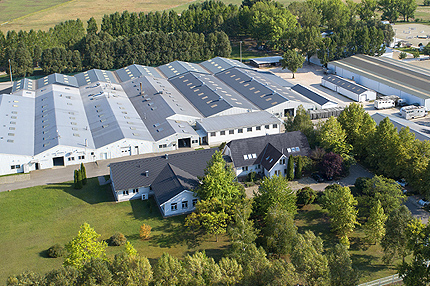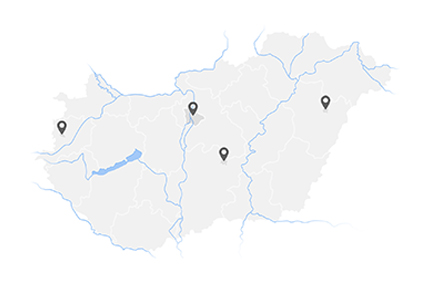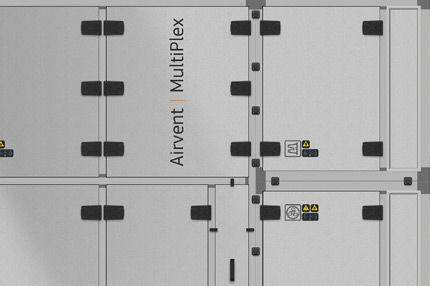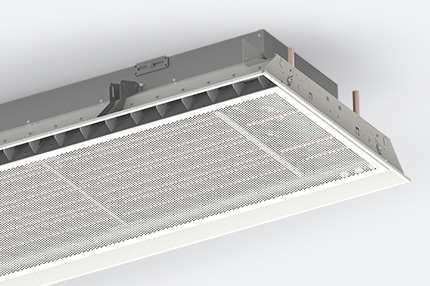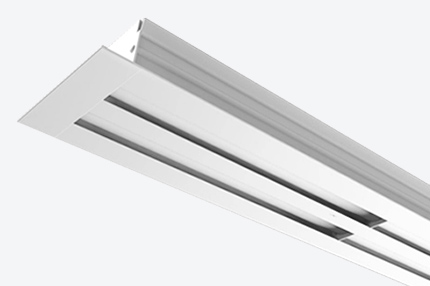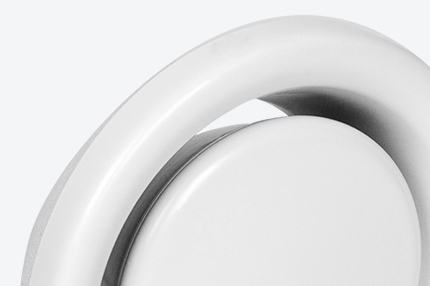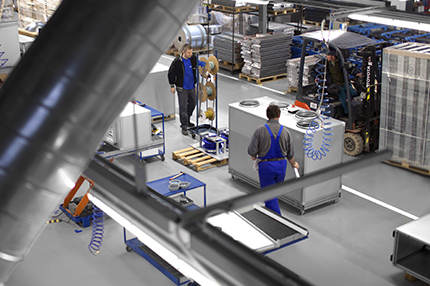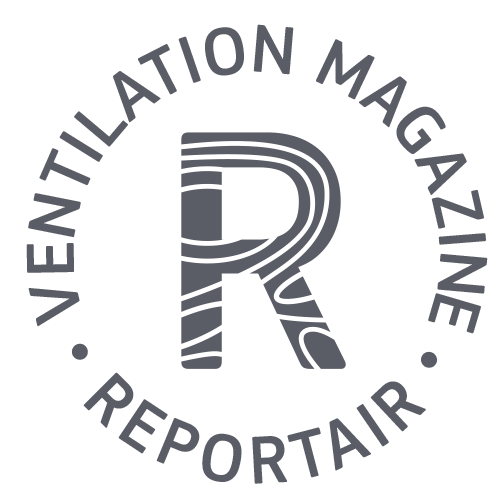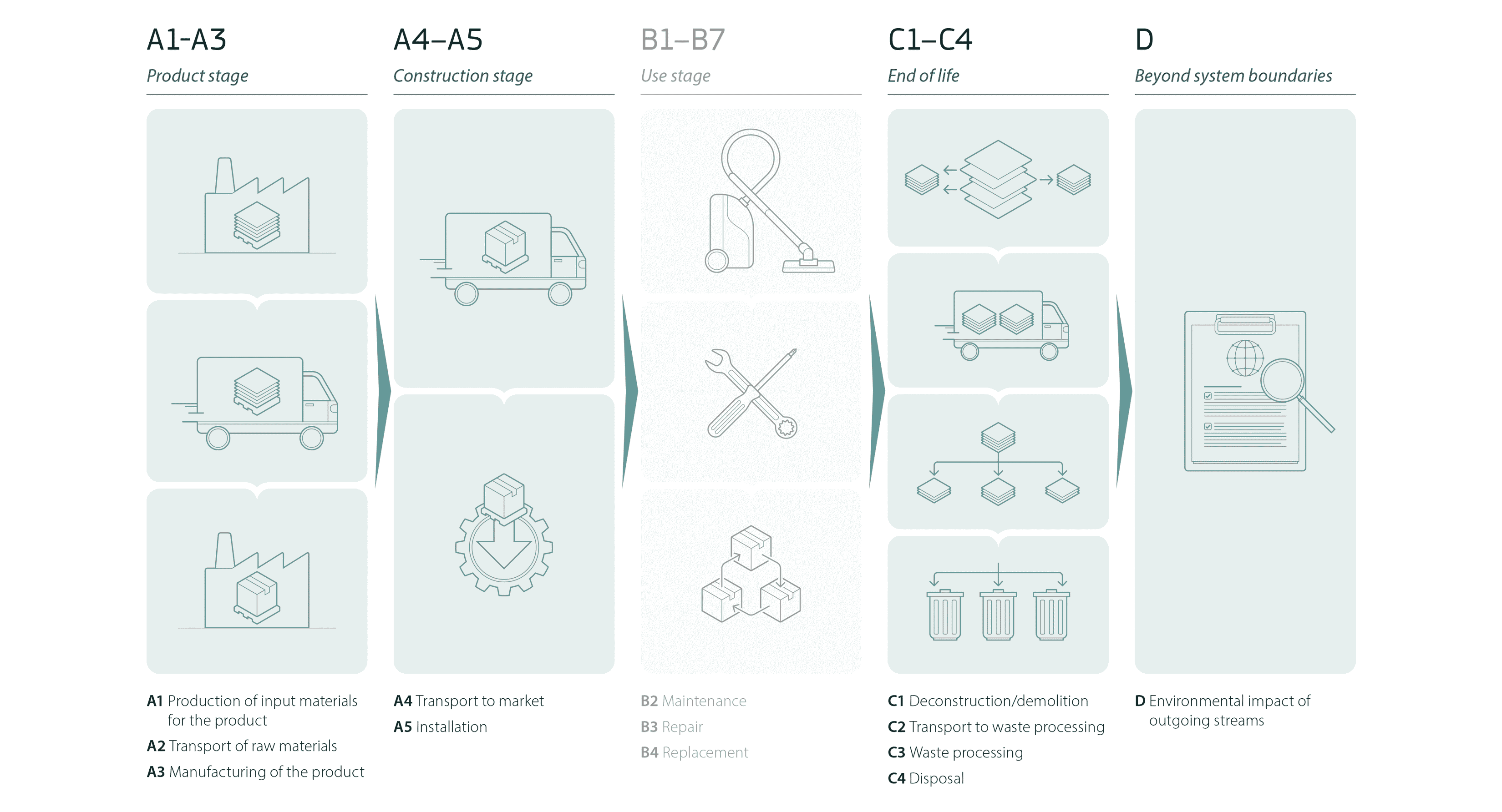As part of our commitment to sustainability and transparency, Airvent is proud to announce the introduction of Environmental Product Declarations (EPDs)— a first in our history.
An EPD is an independently verified document that provides detailed information about a product’s environmental impact throughout its lifecycle, including factors such as energy use, emissions, and resource consumption.
EPDs are based on Life Cycle Assessment (LCA), a standardized methodology that analyzes the entire lifecycle of a product or service, considering all stages from production to end-of-life disposal. Certified by third-party organizations according to international standards (ISO 14025), EPDs ensure credibility and comparability across industries.

